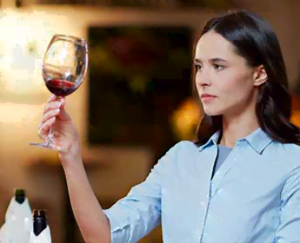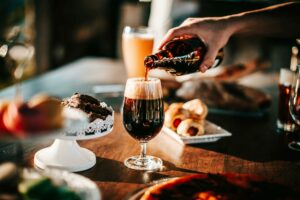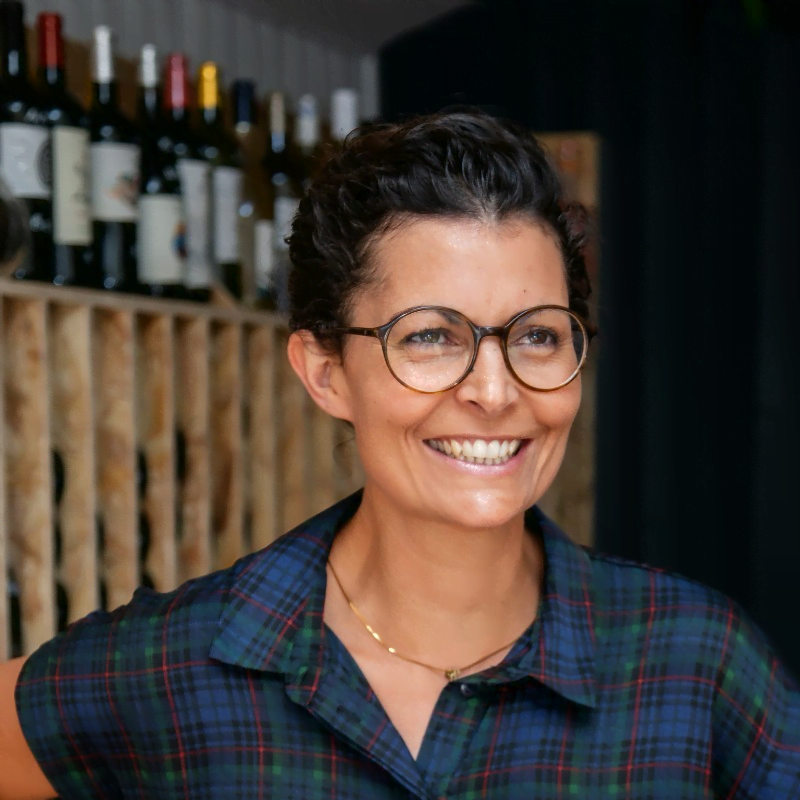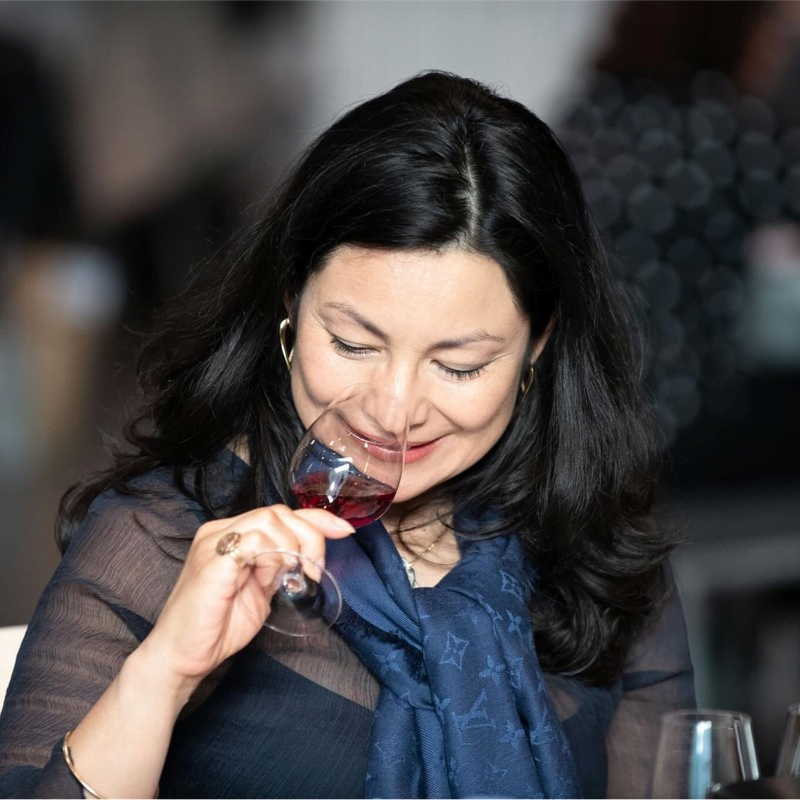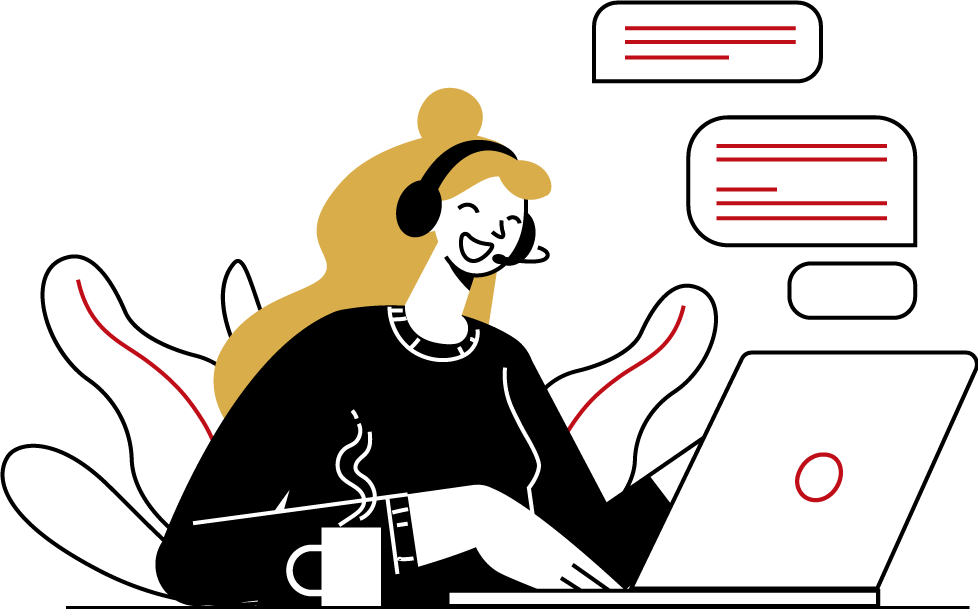For wine professionals, assembling a complete range of Bordeaux wines is a true strategic exercise. Beyond purely commercial and distribution criteria, a rigorous and methodical approach is essential to offer a coherent stylistic diversity of Bordeaux wines and meet the needs of different markets. Here are some key insights and recommendations to guide you.
1 / Pricing Strategy
Pricing is the key factor. A well-structured range must cover multiple price segments to cater to a diverse clientele, from bargain hunters to discerning connoisseurs willing to invest in prestigious cuvées. Here are some best practices when designing your range:
- Include affordable references to generate volume.
- Offer premium and super-premium wines to attract high-end clientele.
- Maintain consistent quality at each price level to justify price differences and effectively negotiate with buyers and industry players.
2 / Wine Style
With its diverse terroirs, grape varieties, and winemaking techniques, the Bordeaux vineyard offers an endless wealth of styles. To create a harmonious range, several aspects must be considered:
Grape Variety Diversity:
Bordeaux boasts iconic grape varieties such as Merlot, Cabernet Sauvignon, Cabernet Franc, Petit Verdot, and Malbec. To build a diverse range, consider offering single-varietal wines—these are distinctive and introduce new tasting experiences. These wines can complement more classic blends, which may also have unique characteristics to highlight (e.g., a dominant Cabernet Franc or a high proportion of Petit Verdot).
Diversity of Bordeaux Wine Styles:
Balancing your selection between powerful, structured wines for aging and softer, more approachable wines for immediate consumption is crucial.
Unique Winemaking Techniques:
Winemaking methods greatly influence the final wine profile. When developing your range, consider:
- Fermentation and/or aging in new oak barrels for structured, oaky wines.
- Using concrete, stainless steel, or amphorae to preserve freshness and pure aromatics.
- Gentle extraction techniques, such as soft maceration, to enhance finesse and freshness on the palate.
By incorporating varied production methods, you’ll bring more depth and appeal to your wine range, making it more attractive to buyers.
Mastering concepts like “modern style,” “traditional style,” “rich style,” or “elegant style” and understanding how these translate into production choices will help you cover a wide spectrum of wine styles.
The Uniqueness of Bordeaux Terroir:
Bordeaux’s soils offer remarkable diversity. Consider these factors when crafting your range:
- Deep gravel soils, which produce highly aromatic wines.
- Limestone soils, which enhance finesse and freshness.
- Sandy soils, which yield soft, fruity wines.
This is a simplified example, as there are various types of limestone, different gravel terraces, and sands of diverse compositions. Geology strongly influences water and nutrient availability for vines, affecting grape ripeness and wine style. Highlighting the uniqueness of a terroir and its impact on wine helps reinforce a wine’s identity.
3 / Bordeaux Wine Image and Reputation
Wine style and price alone aren’t always enough to convince buyers. A wine’s image plays a fundamental role in purchase decisions. Packaging, prestige, appellation (AOC), and brand strength are additional levers to diversify a range.
Packaging:
Visual appeal is critical. A contemporary label will attract younger consumers or those seeking innovation, while a classic design will reassure more traditional buyers. Bottle shape and packaging choices are equally strategic.
Prestige and Classification:
Wine selection is often influenced by:
- Inclusion in prestigious classifications (e.g., 1855 Grand Cru Classés, Saint-Émilion Grand Cru Classés, Crus Bourgeois).
- The distinction between grand vin and second wine.
- Brand reputation and strength, which provide reassurance and legitimacy for buyers.
As you can see, building a Bordeaux wine range is an intellectually stimulating yet demanding process. It requires balancing multiple factors while maintaining strong coherence across pricing, wine styles, and brand image. A well-designed range tells a compelling and coherent story, capable of captivating a diverse global clientele.
Discover our training program: “Advising and Promoting Bordeaux Wines” to become an expert
